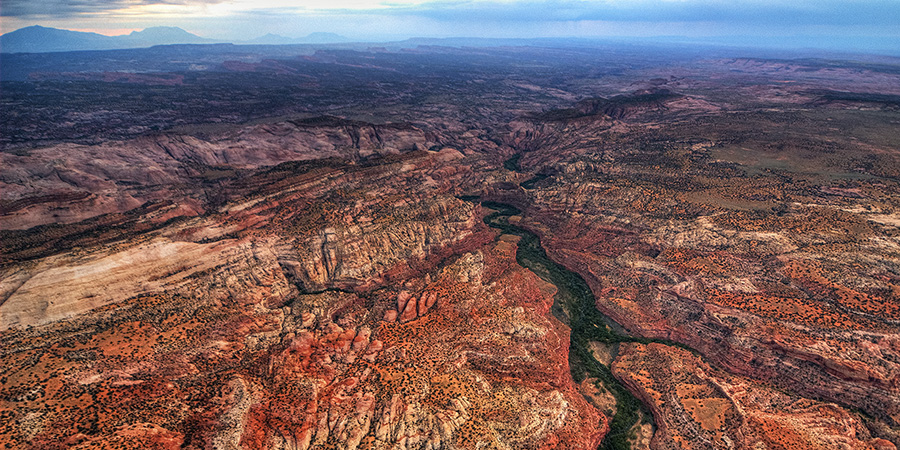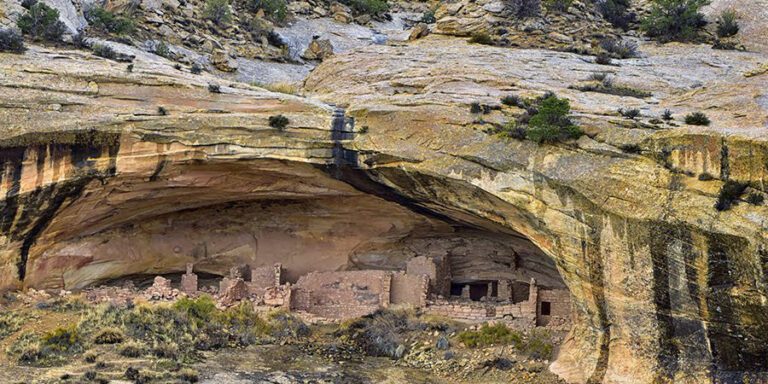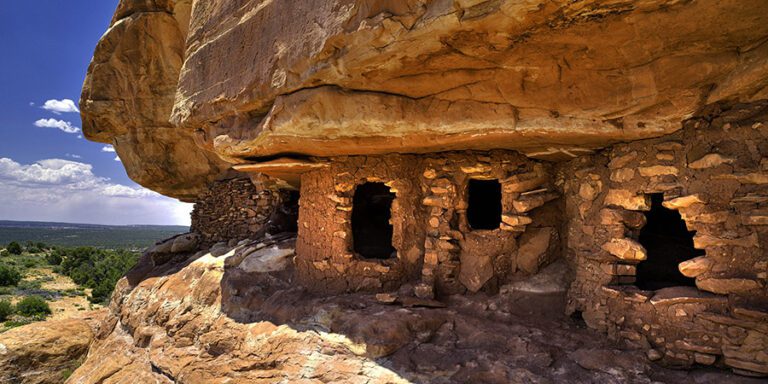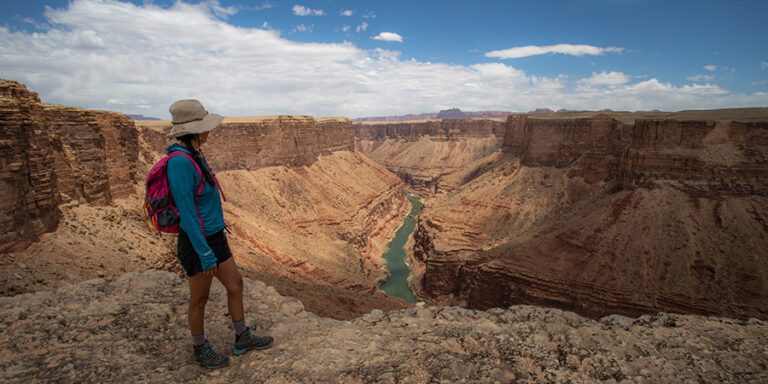
Six Native American tribes with cultural connections to Grand Staircase-Escalante National Monument come together to advocate for their ancestral lands.
Grand Staircase-Escalante National Monument stretches across more than 1.8 million spectacular acres of rivers, slickrock, stone arches, and winding canyons in southern Utah.
It’s a vibrant landscape that was once home to dinosaurs whose fossils have been preserved in its rock layers. Today the monument is abuzz with over 600 species of bees and the songs of more than 200 species of birds. It also continues to be an important cultural landscape for Native American tribes, alive with history and tradition.
Tribes have been present at Grand Staircase-Escalante since time immemorial
Among the singular places the monument protects are thousands of archaeological sites, including rock writings, dwellings, and pottery. These are the visible footprints of the ancestors of Native American tribes who have lived in and around Grand Staircase-Escalante since time immemorial. Many tribes continue to maintain cultural connections to the area to this day, gathering and harvesting plants for domestic, cultural, and spiritual use, and visiting ancestral places.
Tribal coalition announced
On March 25, 2025, six of these tribes announced that they had formed a coalition to advocate for and share their knowledge of their ancestral lands in Grand Staircase-Escalante.
The Grand Staircase-Escalante National Monument Inter-Tribal Coalition, which includes the Hopi Tribe, the Navajo Nation, the Kaibab Band of Paiute Indians, the Paiute Indian Tribe of Utah, the Ute Mountain Ute Tribe, and the Zuni Tribe, will advocate for tribal knowledge and perspectives to be included in how the monument is managed.
“Tribes carry an invaluable treasure of traditional knowledge about these lands, meticulously passed down through generations,” said Anthony Sanchez Jr., head councilman of the Zuni Tribe.
“Hopi believe that understanding the past is important for the future. It is essential to preserve our aboriginal land,” added Craig Andrews, vice chairman of the Hopi Tribe.
Listening to tribal voices
Unlike its neighbor to the northeast, Bears Ears National Monument, where tribes help to collaboratively manage their ancestral lands that are now within the monument, Grand Staircase-Escalante National Monument has had limited involvement from tribes. In fact, tribal voices have been overlooked in management decisions.
Now the Grand Staircase-Escalante National Monument Inter-Tribal Coalition seeks to change that. As Craig Andrews, vice chairman of the Hopi Tribe, put it: “The input of Tribal Nations, federal agencies, and local communities balancing cultural protection and conservation through Tribal Knowledge, lifeways, and conservation expertise ensures that Grand Staircase-Escalante National Monument remains protected, accessible, and well-managed for future generations.”
Protecting Grand Staircase-Escalante from threats
The coalition also plans to work to protect the monument from threats like looting, vandalism, and graffiti.
“We are the living descendants of the ancestors that left their footprints and writings across Grand Staircase-Escalante National Monument,” said Autumn Gillard, cultural resources manager with the Paiute Indian Tribe of Utah. “We are the stewards of these lands which must be protected and preserved for future generations,” Gillard explained.
Targeting Grand Staircase-Escalante for cuts
And one of those threats could include cuts to the monument’s boundaries. Unfortunately, in February 2025, U.S. Secretary of the Interior Doug Burgum ordered a monuments review. The review targets national monuments like Grand Staircase-Escalante for consideration for potential cuts or abolishment, in the name of prioritizing energy development.
Slashing Grand Staircase-Escalante wouldn’t solve America’s imaginary energy crisis. However, tearing up the land for oil and gas drilling or mining would destroy important wildlife habitat. It would also devastate land and water sources, and put cultural places and archaeological sites at risk. These threats are existential and would forever change the character of the monument.
Welcoming the intertribal coalition
The Grand Canyon Trust is profoundly grateful to the tribes of the Grand Staircase-Escalante National Monument Inter-Tribal Coalition for stepping up to share their knowledge and expertise, help guide the future of the monument, and protect it for generations to come.




